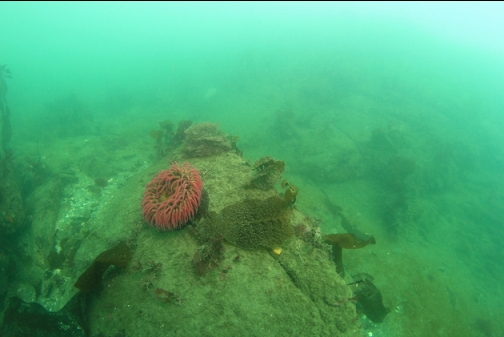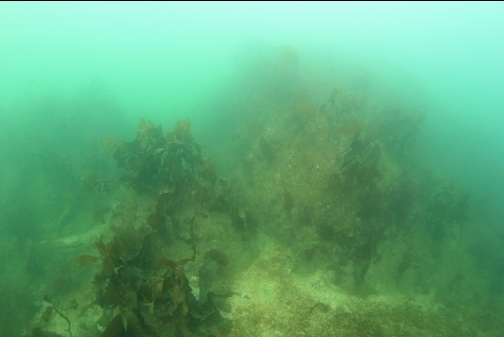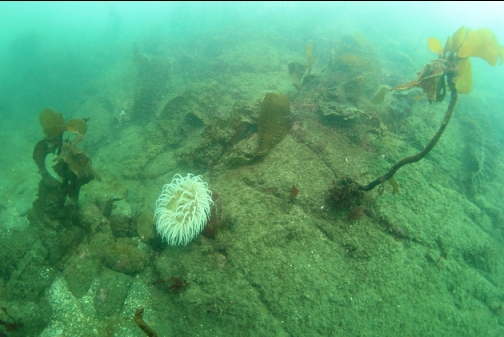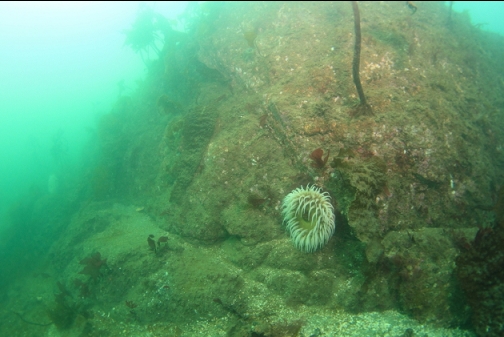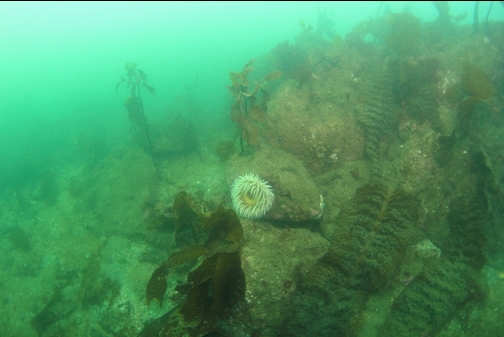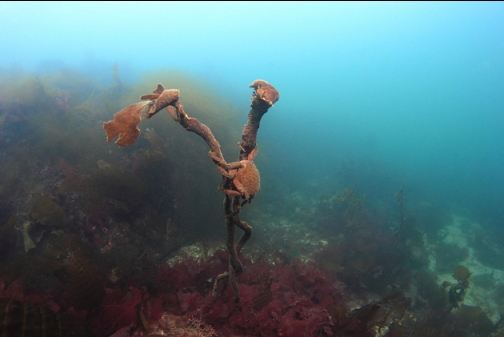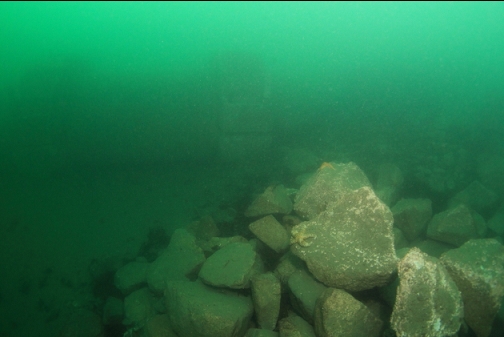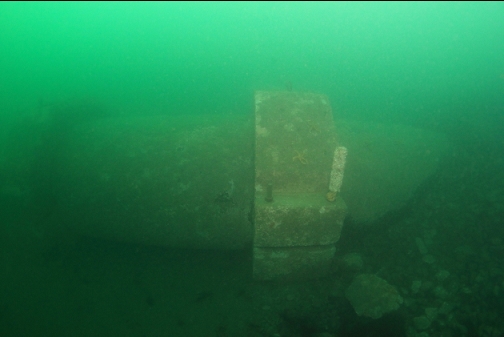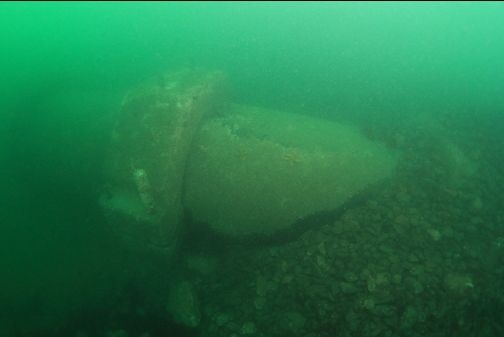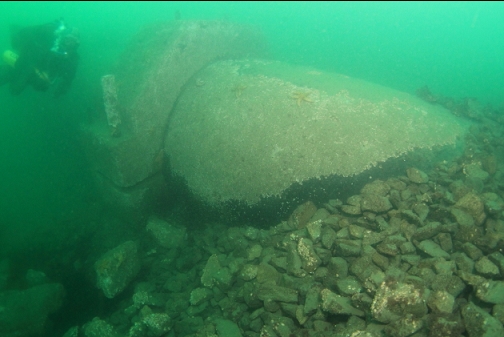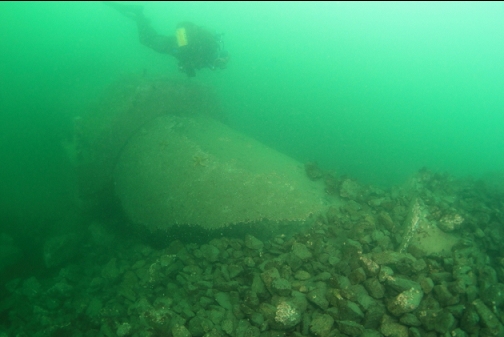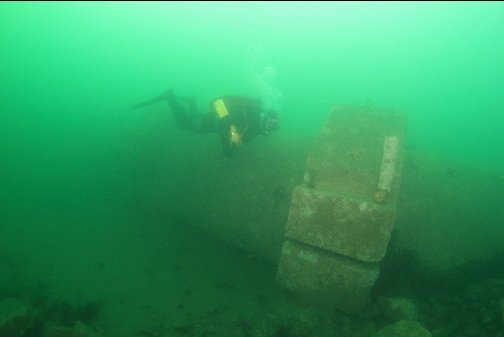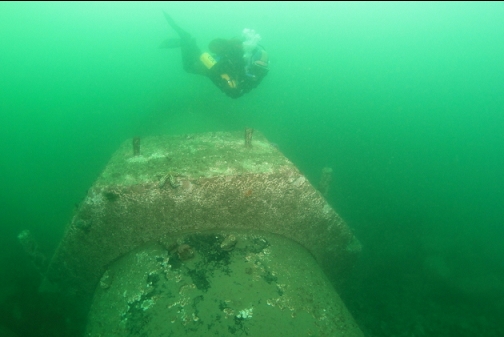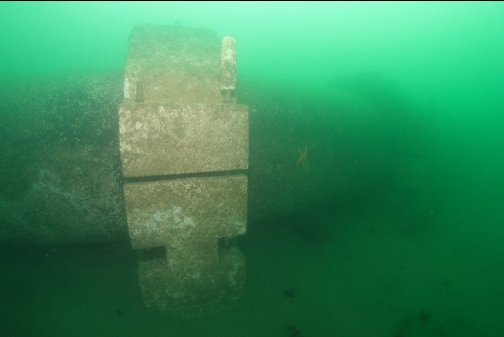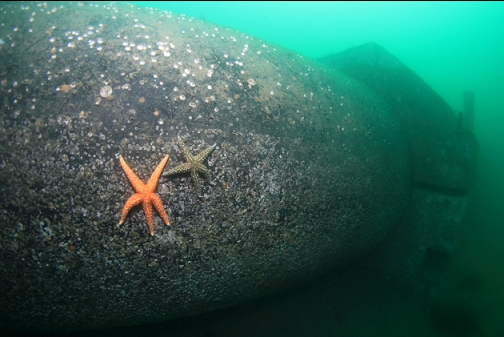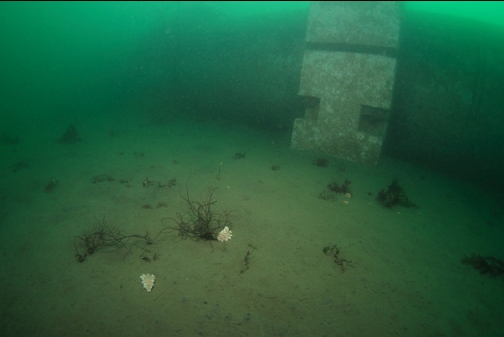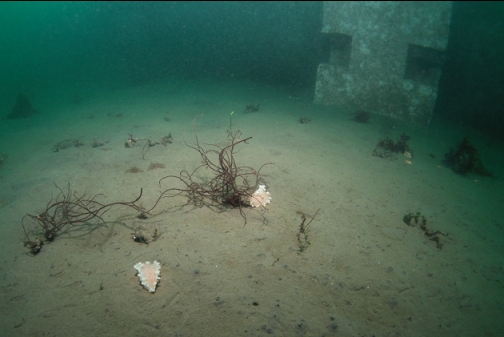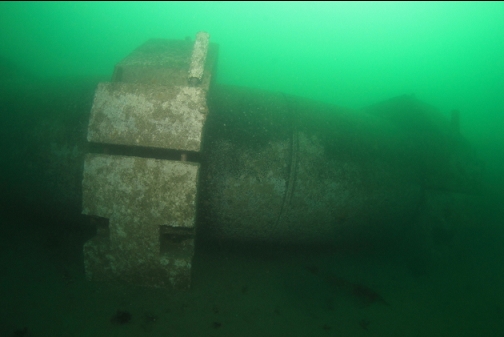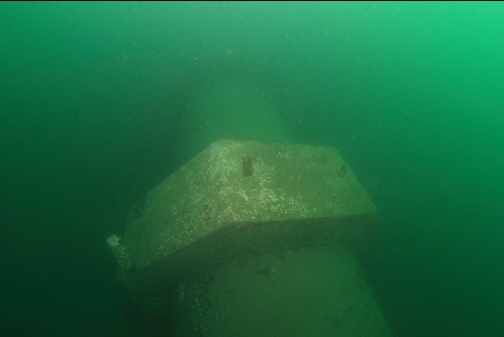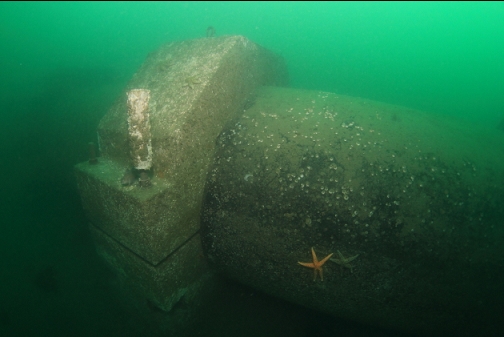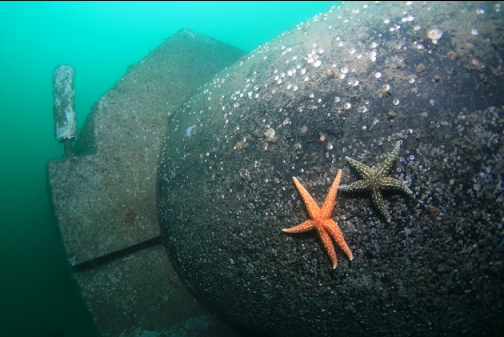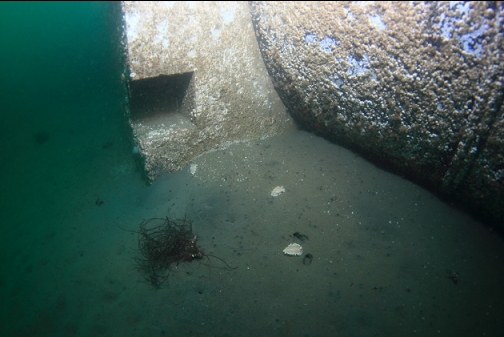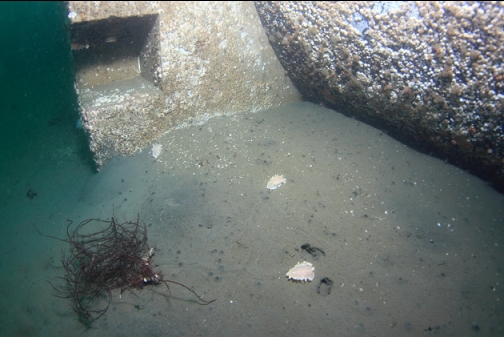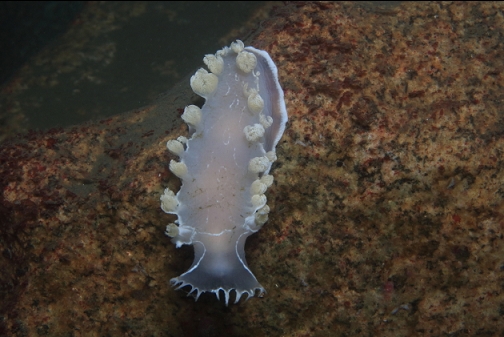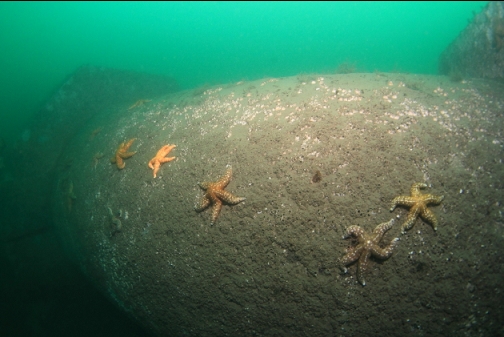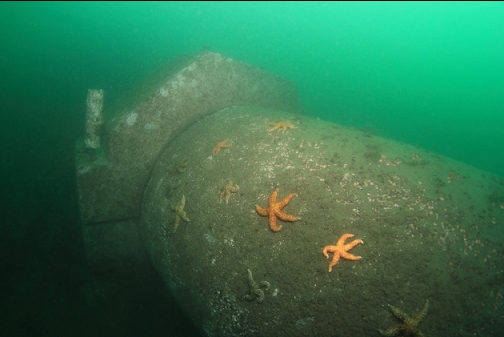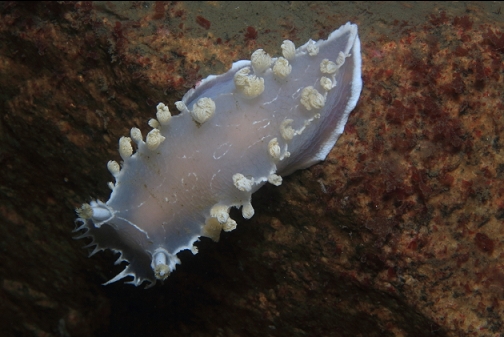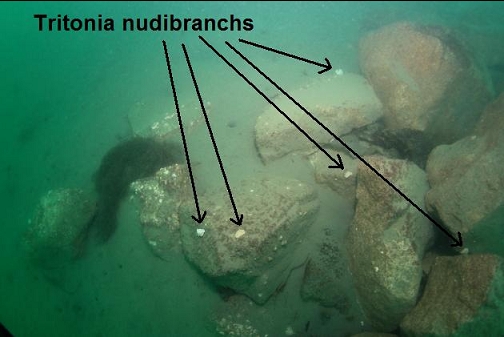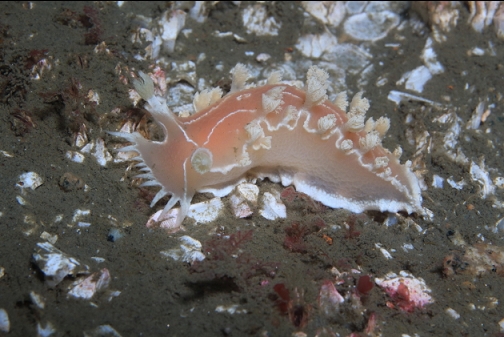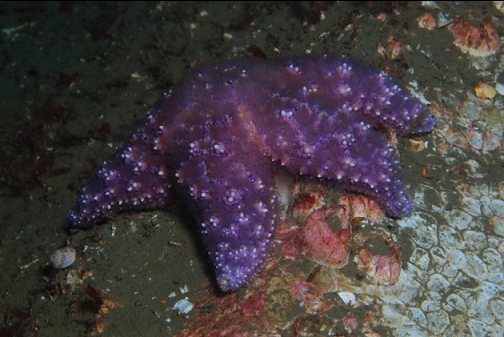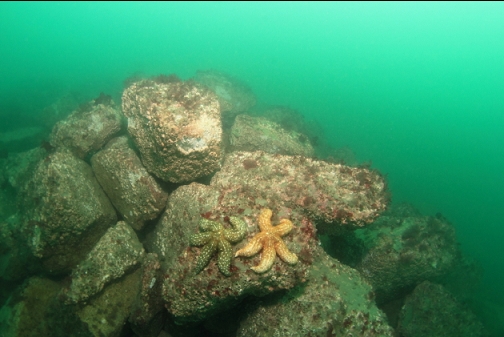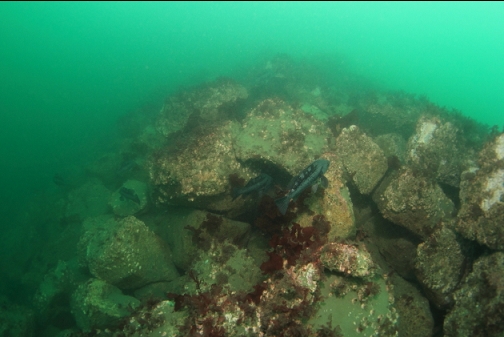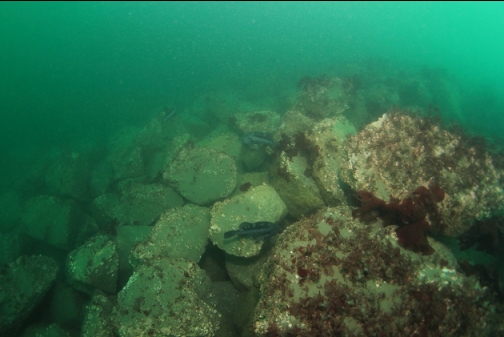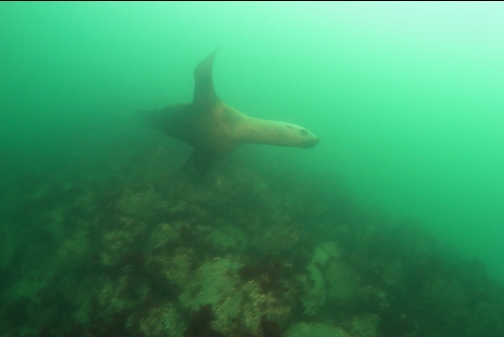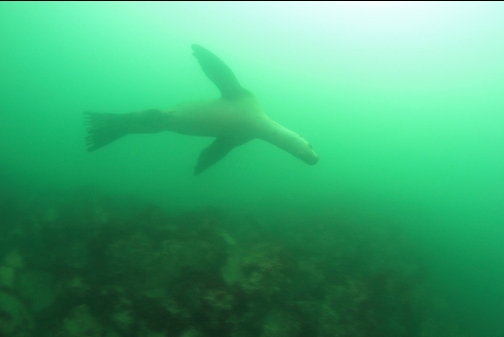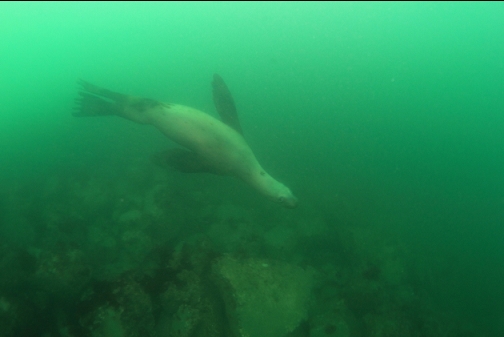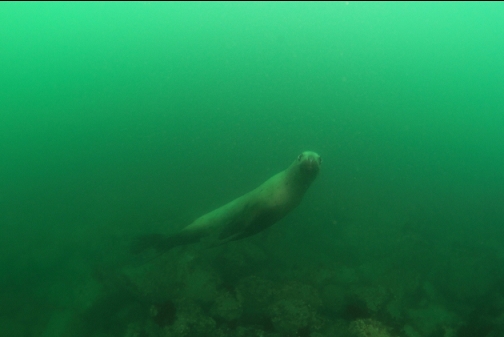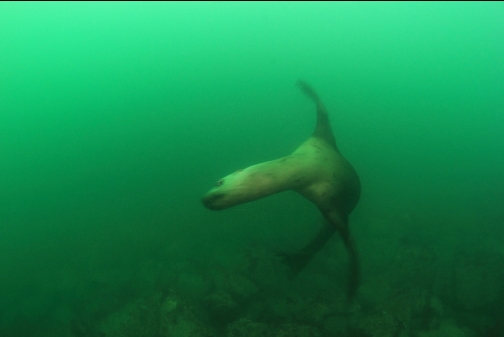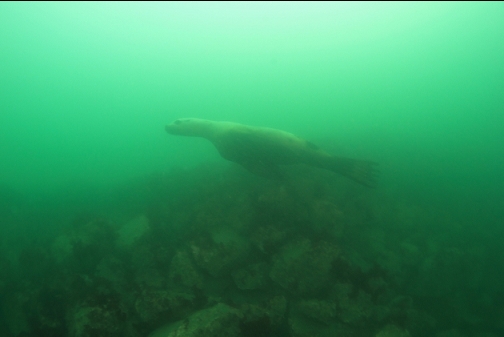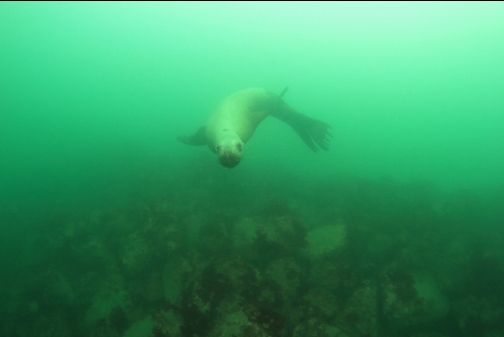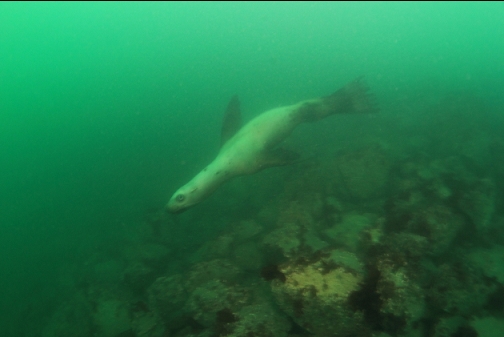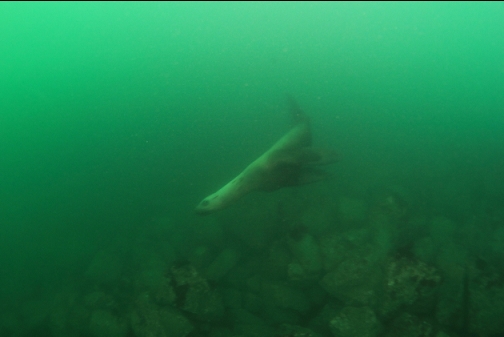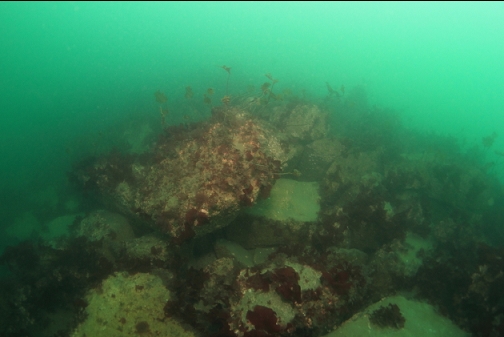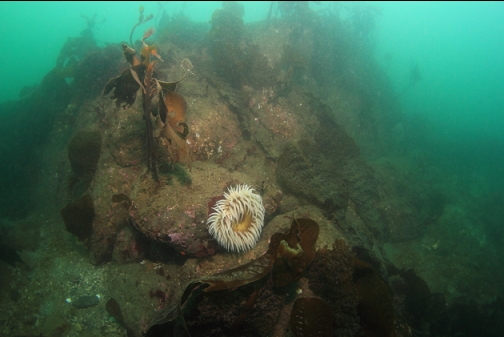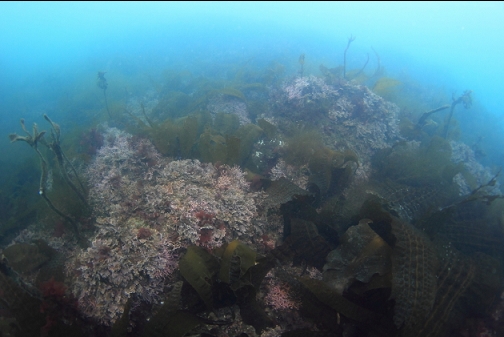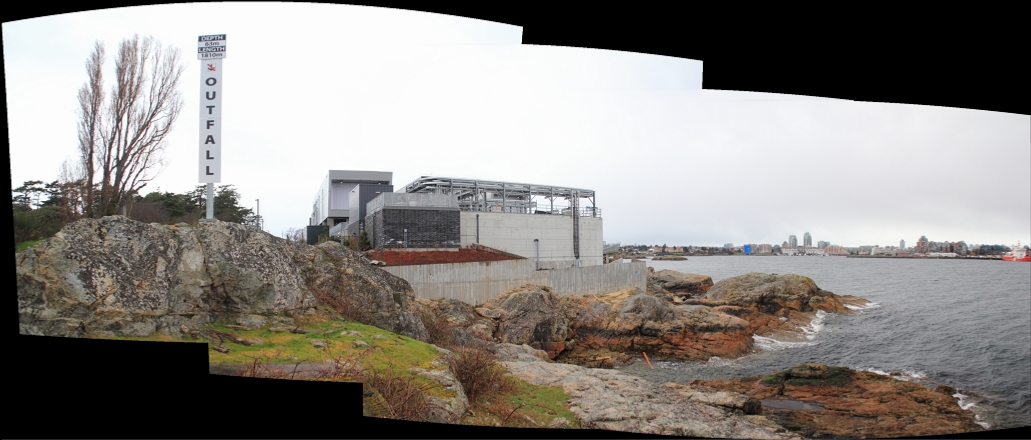I haven't been diving here in several years. The silty bottom, bad visibility and sparse marine life made me not want to dive here again. Even if I wanted to dive here, the access road had been closed for years during the construction of the new sewage treatment plant. The construction is finally complete and the treatment plant is in operation. The outfall pipe was towed here and sunk in place about a year and a half ago. I was curious to see if I could find the pipe and see if it would act as a decent artificial reef on the otherwise muddy bottom. The rock blasted out during the treatment plant construction was also dumped in the water nearby to form an intentional artificial reef. I couldn't find out exactly where it was dumped, but I thought I'd try to find that too. I came here on Mar. 7, 2021. There was a row of parking spots next to the treatment plant and there were no "reserved" or "employee parking" signs so I assumed it's ok to park here.
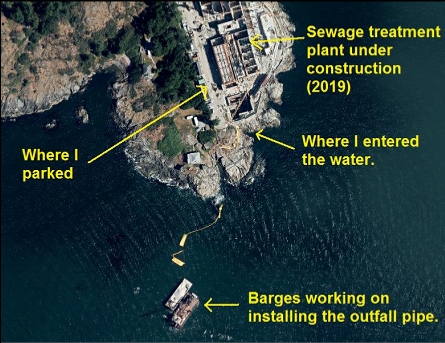
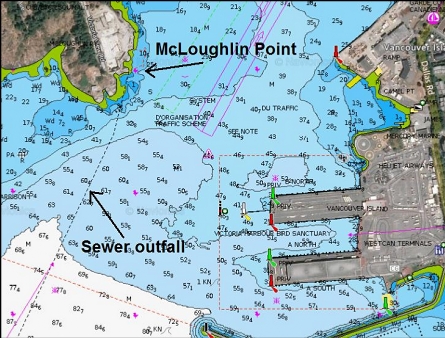
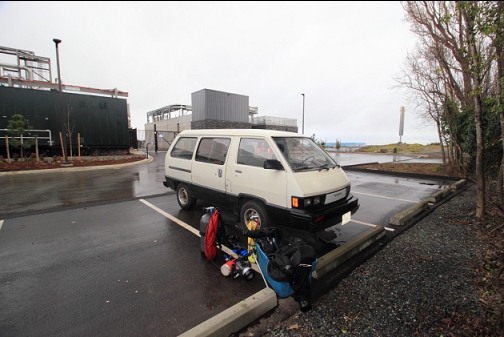
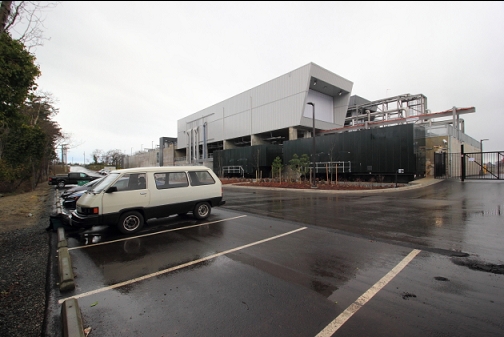
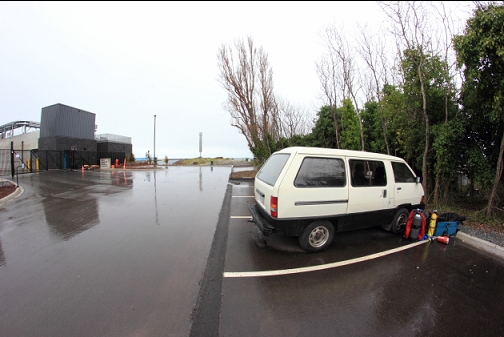
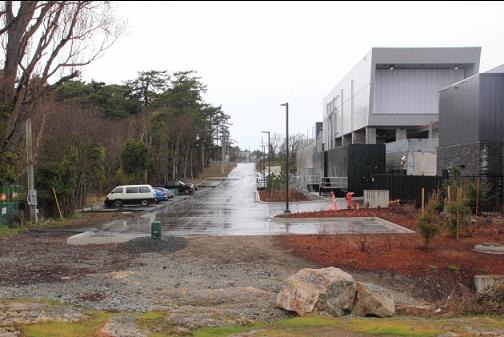
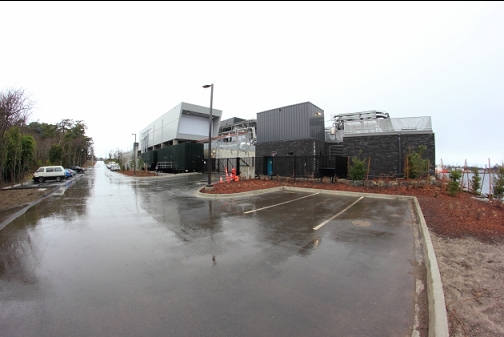
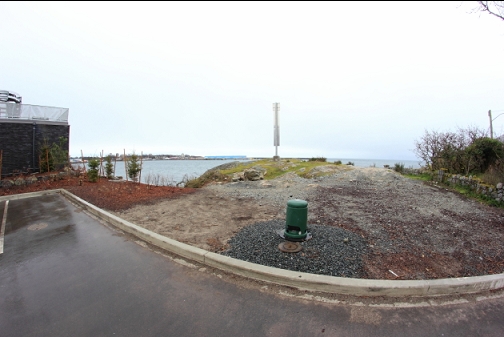
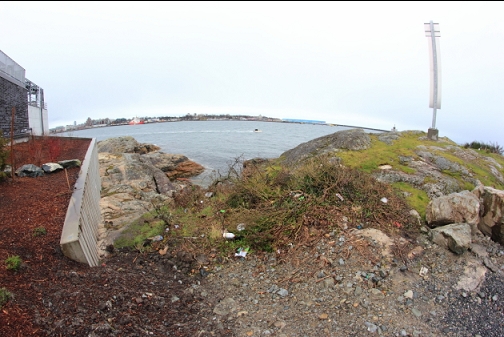
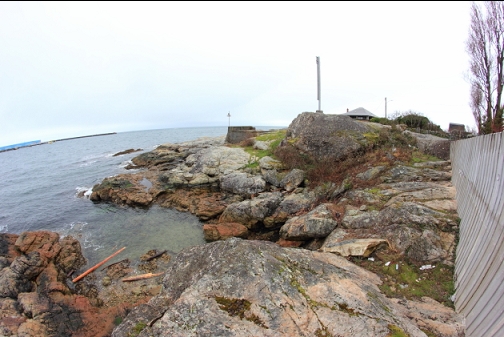
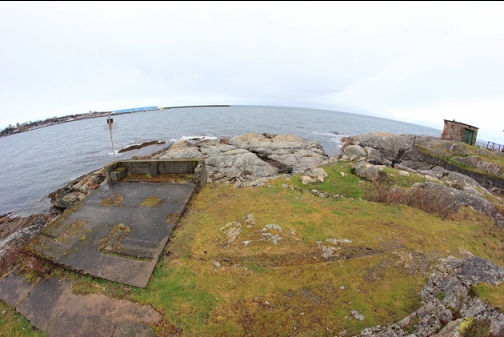
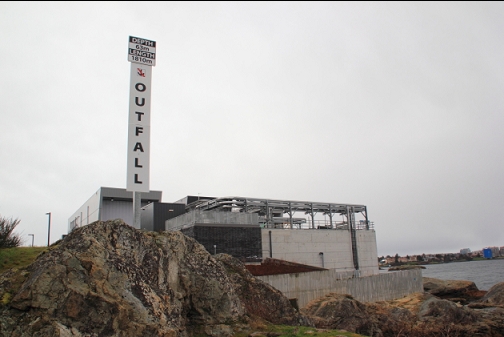
Visibility in the shallows was about 15' which wasn't too bad, but as I swam out towards the point, there was more suspended sediment. The rocks sloping down from shore were covered with the brown silt that I remembered. The only obvious creatures were a few fish-eating anemones.
I reached the base of the rocky slope near the tip of the point about 25' deep. I noticed an artificial pile of boulders right next to the natural rock reef. I assumed these were the boulders dumped to create an artificial reef. Some of the boulders seemed to be wrapped in fabric bags. The visibility was pretty bad here (maybe 8-10'). I followed the boulder pile South out from the point.
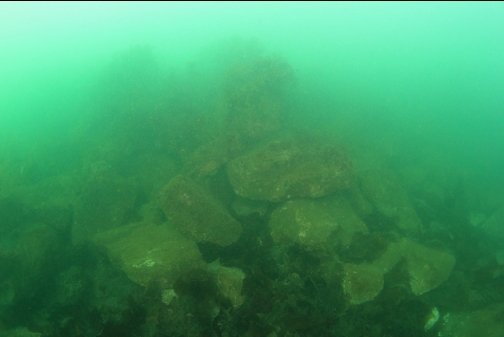
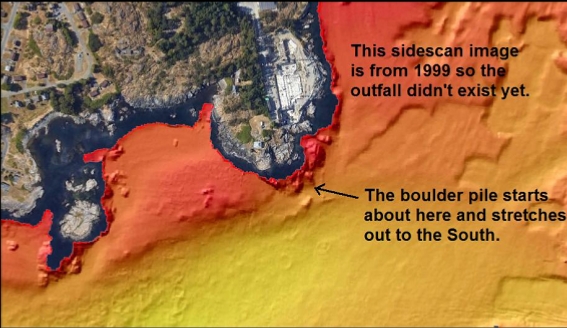
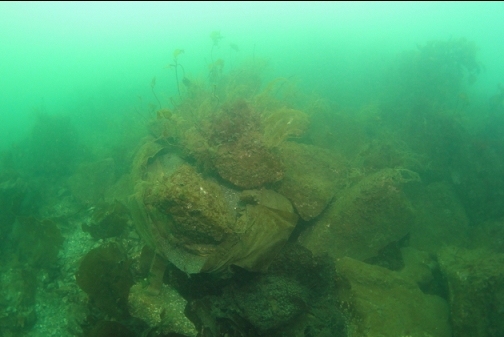
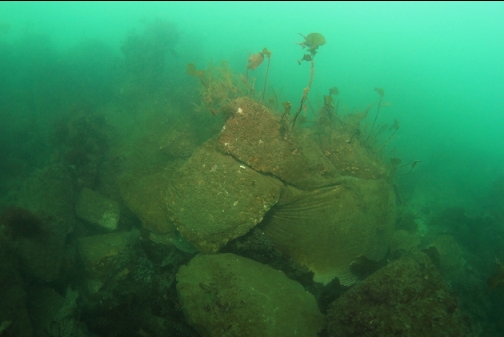
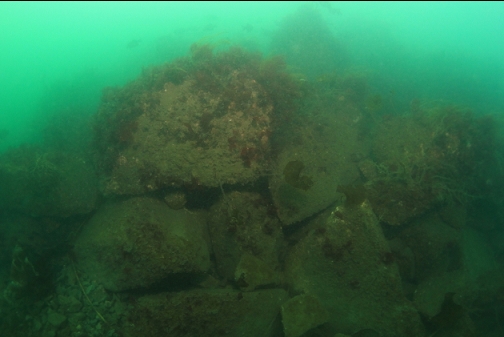
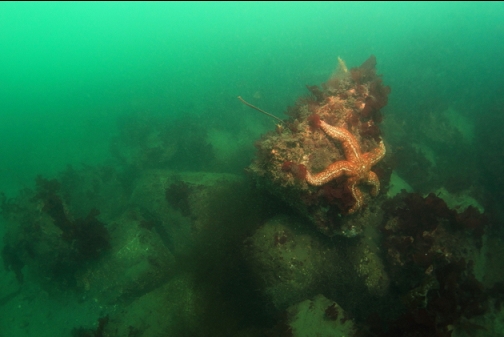
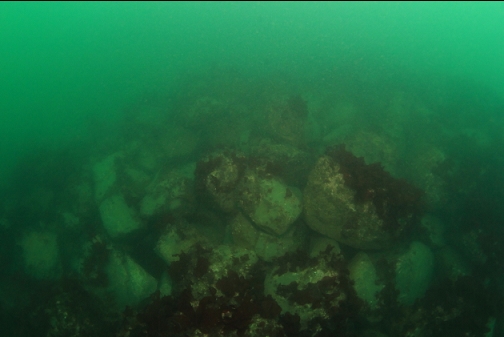
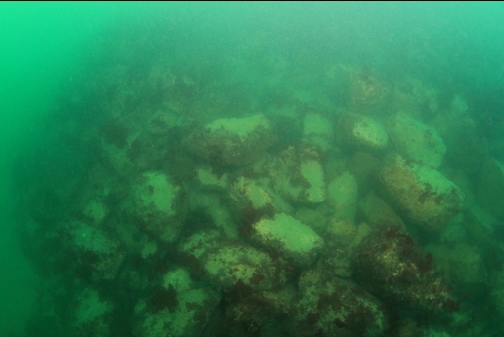
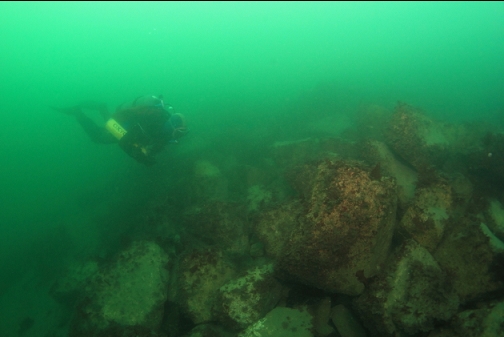
There wasn't much living on the boulders yet (they've been down for about a year and a half). There was mostly a kind of red seaweed. As I swam deeper, the rocks seemed more bare and new-looking. There were some big sheets of tarp-like fabric half buried in the silt next to the boulder pile. The pile was about 20' high and stretched out for longer than expected. The maximum depth was 65' at the base and 45' deep at the top. I was swimming out on the East side of the pile. There were several juvenile yellowtail rockfish, mottled stars and diamondback tritonia nudibranchs. Visibility had improved a bit to about 15'.
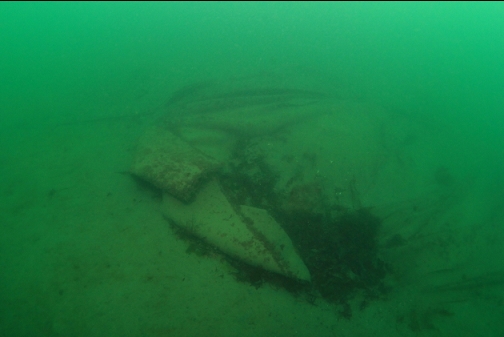
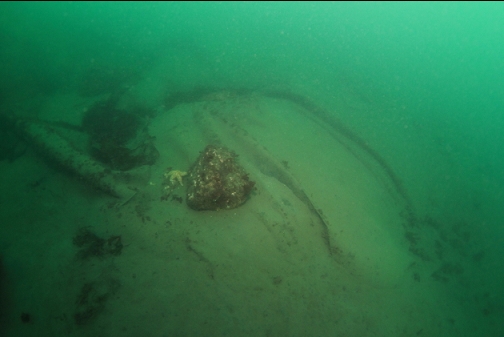
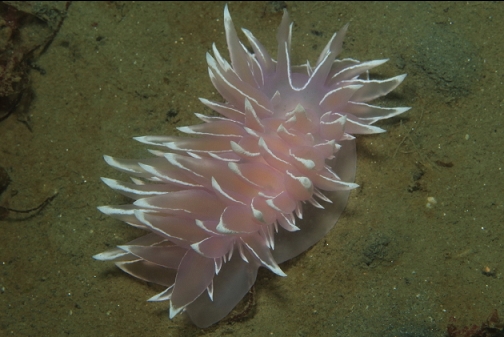
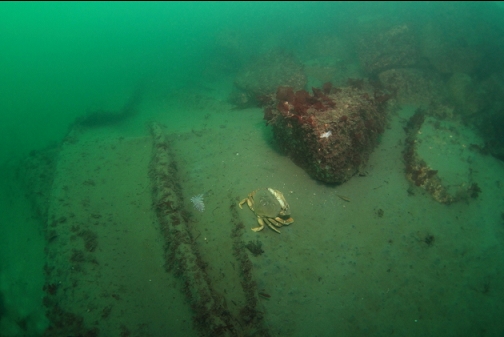
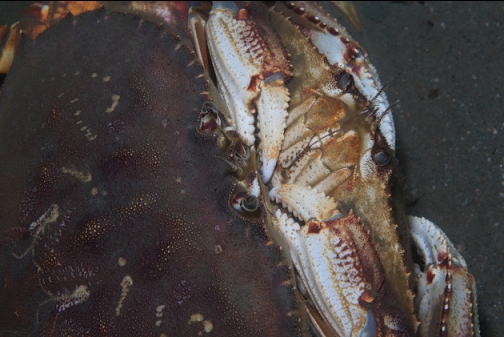
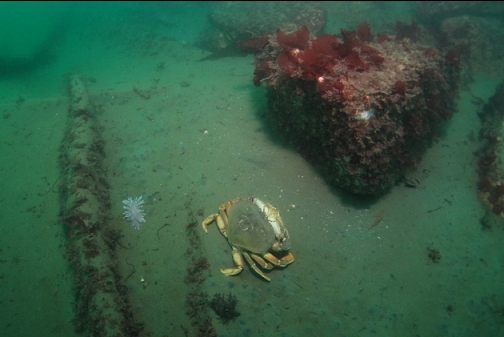
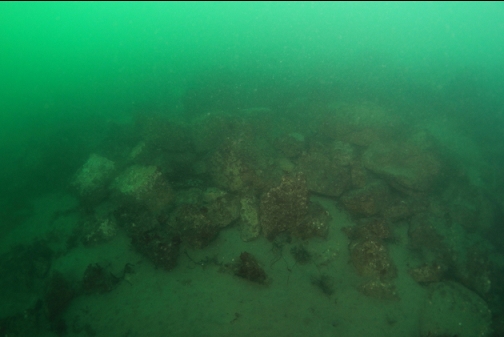
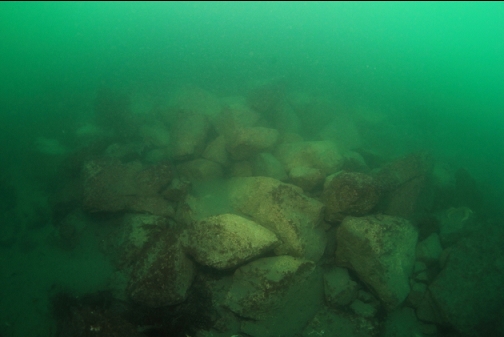
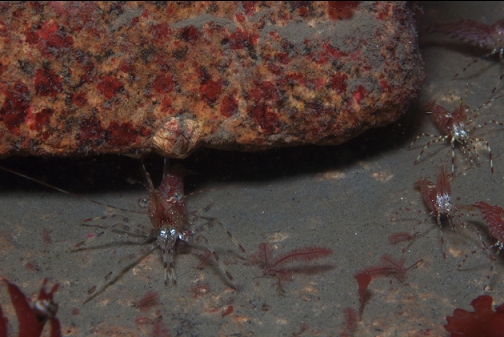
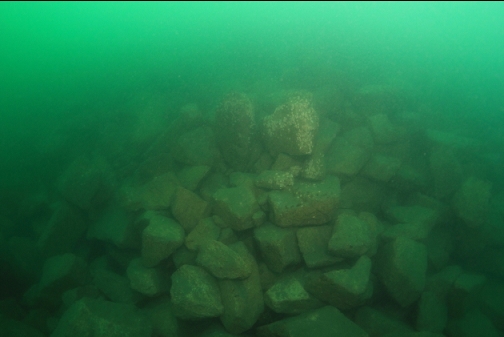
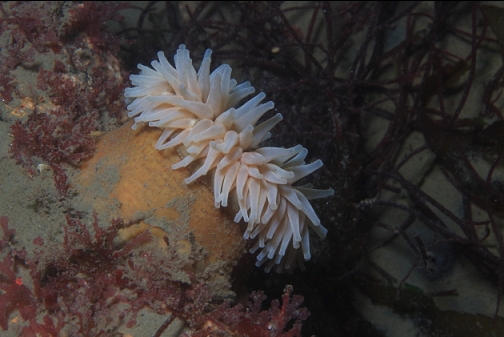
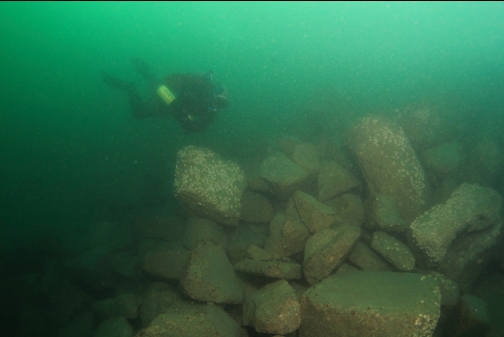
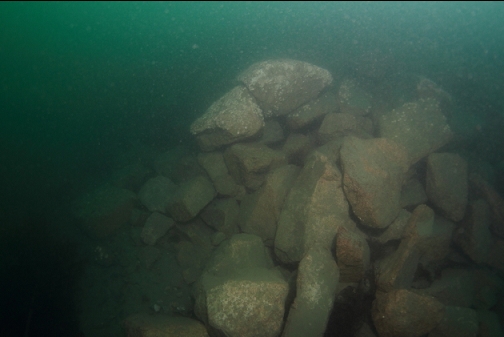
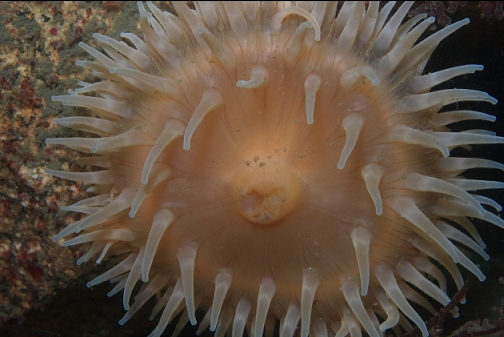
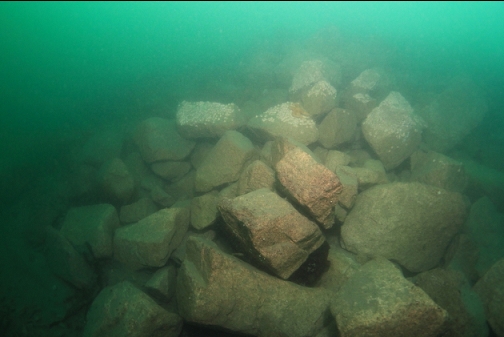
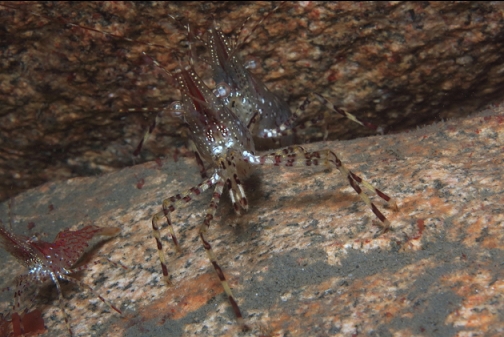
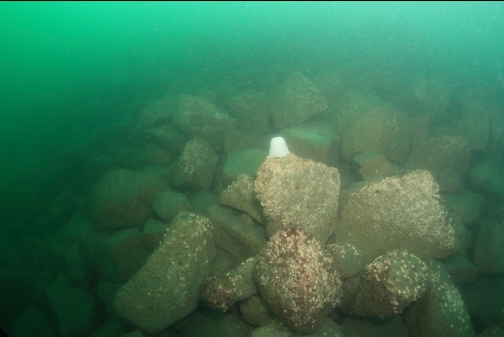
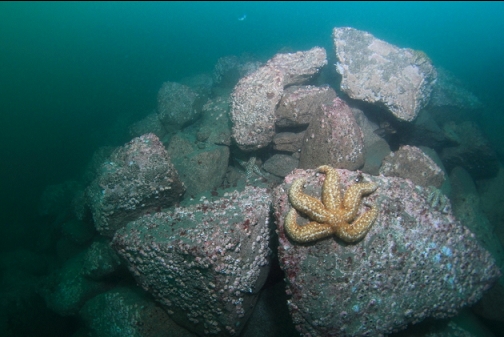
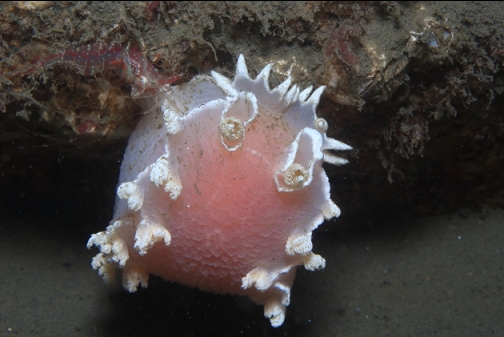
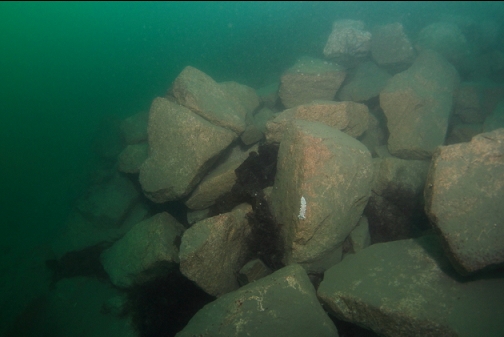
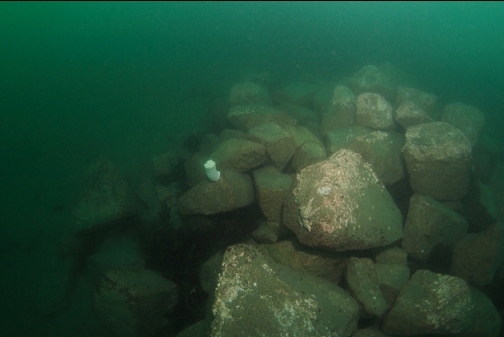
I reached the end of the boulder pile about 65' deep. I could see the sewer outfall pipe running out of it. The pipe runs way farther and deeper than I could go, but I followed it out for about 50'. The pipe is HDPE (high density polyethylene) and is held down with concrete weights. There was concern that the pipe would form a long barrier to marine life like crabs, preventing them from migrating past it. To try and mitigate this they built a few bridges over the pipe. I didn't swim out far enough to see any of them and I don't know what they would look like. I was surprised by all the tritonia nudibranchs. They were dotted around everywhere I looked.
I returned to the boulder pile and followed it along the top (45' deep) back towards shore. I saw a group of adult black rockfish and a couple of copper rockfish. A Steller's sealion followed me for a bit.
I think this will eventually be quite a good dive. In a decade or two, I can imagine this boulder pile being covered with plumose anemones and populated with all kinds of rockfish and lingcod. It's right across the harbour from the end of the Ogden Point breakwater so I can see similar fish colonizing this new artificial reef. One difference here is the lack of current so it will probably never be as colourful as the last section of the breakwater. Hopefully public access and parking won't start to be a problem here since I hope to check back regularly on the marine life progress.













